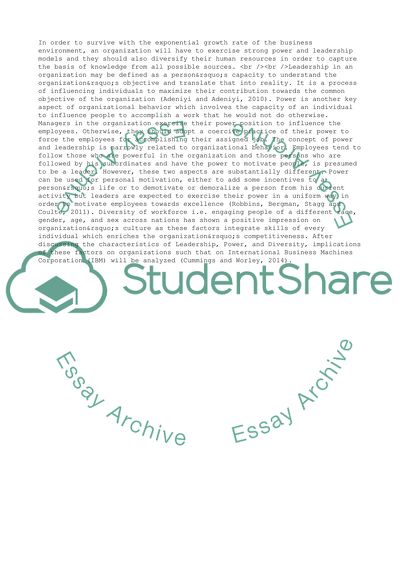Cite this document
(People and Organization: IBM Coursework Example | Topics and Well Written Essays - 2500 words, n.d.)
People and Organization: IBM Coursework Example | Topics and Well Written Essays - 2500 words. https://studentshare.org/management/1853414-people-and-organisation
People and Organization: IBM Coursework Example | Topics and Well Written Essays - 2500 words. https://studentshare.org/management/1853414-people-and-organisation
(People and Organization: IBM Coursework Example | Topics and Well Written Essays - 2500 Words)
People and Organization: IBM Coursework Example | Topics and Well Written Essays - 2500 Words. https://studentshare.org/management/1853414-people-and-organisation.
People and Organization: IBM Coursework Example | Topics and Well Written Essays - 2500 Words. https://studentshare.org/management/1853414-people-and-organisation.
“People and Organization: IBM Coursework Example | Topics and Well Written Essays - 2500 Words”. https://studentshare.org/management/1853414-people-and-organisation.


